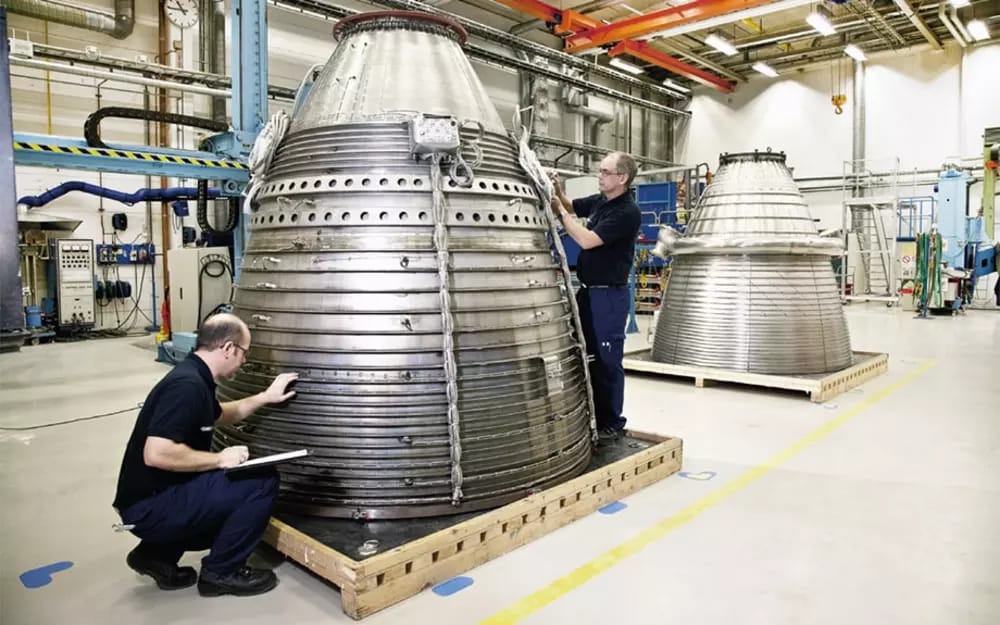
Although GE Additive may have become the star of metal 3D printing in the aerospace sector, British aerospace and automotive manufacturer GKN may have produced the most 3D printing-related aerospace news at the Paris Airshow last month.
After working with additive manufacturing (AM) technology for some time, GKN’s aerospace division decided to share with the public a number of achievements and partnerships the company has been up to, ranging from developing new metal AM technologies to producing novel components for rocket engines.
ENGINEERING.com spoke with Rob Sharman, global head of additive manufacturing at GKN, to learn about the company’s work in metal AM.
GKN Gets into Additive
GKN is a 58,000-person engineering firm and tier one supplier to the leading firms in aerospace and the automotive industry. According to Sharman, the company supplies critical airframe and engine parts to just about every major aerospace manufacturer, including the A350 wing spar, the canopy for the F-35 fighter, the wiring for the 737 and windows for Boeing aircraft.
“These are structural elements in aero engines and airframes,” Sharman explained. “We know how to develop highly critical engineering components and parts for the aerospace and automotive market. We understand the market, and we understand what it takes to get things flying. We had to learn to develop AM to meet those requirements.”
Sharman said that, about four years ago, it was decided that AM had a lot of potential for the company. In turn, GKN set up five Centres of Excellence devoted to different areas of 3D printing, including powder bed fusion, fine-scale deposition, large-scale deposition, materials development, and binder and powder activity.
Industrial AM technology is quite complex, and nailing down the processes to produce parts for critical aerospace applications requires a great deal of expertise. Since adopting the technology, however, GKN seems to have developed that expertise.
“Fundamentally, it’s all about the material and getting the material properties right,” Sharman said. “It’s getting your process control to be able to produce the right material properties, which is quite the challenge. A lot of people produce a lot of demonstrators and parts in the industry, and they have nice pictures, but unless it’s good quality with good engineering with good quality material in it, then it’s useless. It’s just a piece of art.”
3D Printing Parts for Saab
Demonstrating that expertise, GKN has spent the past year working with Saab to develop 3D-printed parts using metal powder bed technology, as well as ensuring that parts can be certified for use in aerospace. The partnership thus saw the successful delivery and certification of those parts, which are now flying on Saab aircraft.
Read more at ENGINEERING.com

